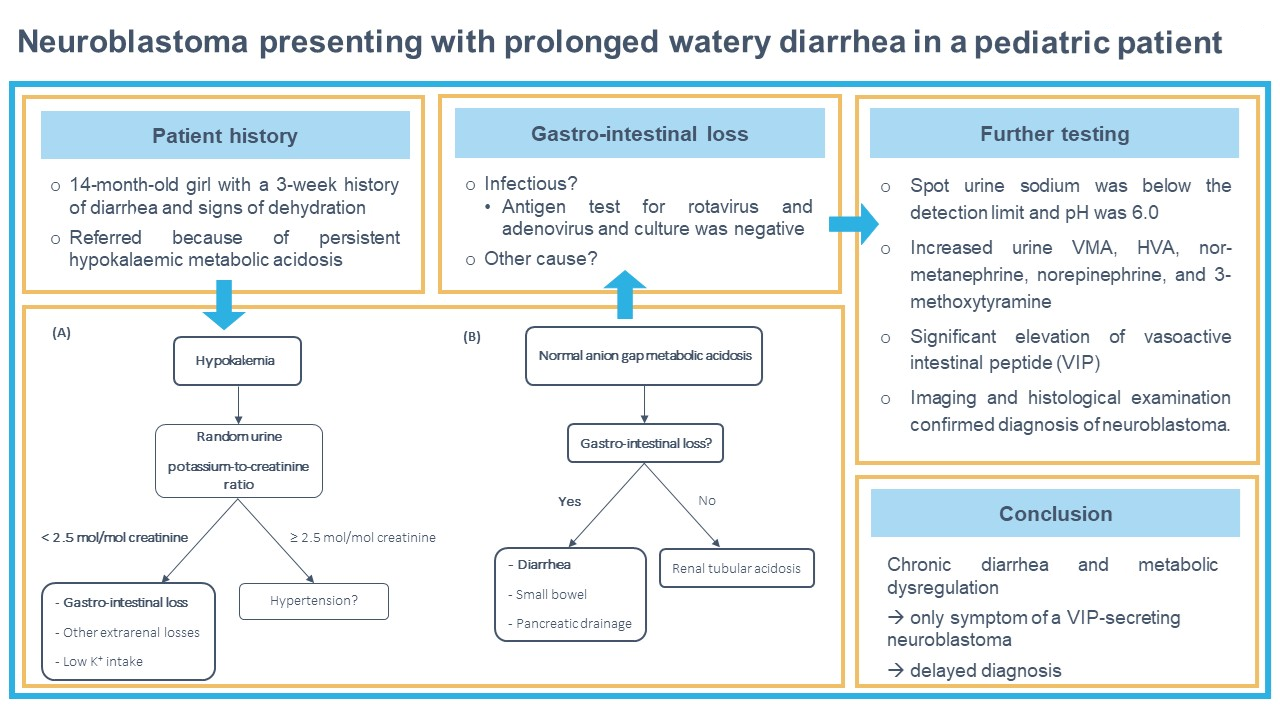Journal Information
Journal ID (publisher-id): BM
Journal ID (nlm-ta): Biochem Med (Zagreb)
Title: Biochemia Medica
Abbreviated Title: Biochem. Med. (Zagreb)
ISSN (print): 1330-0962
ISSN (electronic): 1846-7482
Publisher: Croatian Society of Medical Biochemistry and Laboratory Medicine
Article Information
Copyright statement: ©Croatian Society of Medical Biochemistry and Laboratory Medicine.
Copyright: 2025, Croatian Society of Medical Biochemistry
License (open-access):
This is an Open Access article distributed under the terms of the Creative Commons Attribution (http://creativecommons.org/licenses/by/4.0/) which permits unrestricted non-commercial use, distribution, and reproduction in any medium, provided the original work is properly cited.
Date received: 05 November 2024
Date accepted: 31 March 2025
Publication date: 15 June 2025
Publication date: 15 June 2025
Volume: 35
Issue: 2
Electronic Location Identifier: 020901
Publisher ID: bm-35-2-020901
DOI: 10.11613/BM.2025.020901
An unusual case of neuroblastoma presenting with prolonged watery diarrhea in a pediatric patient
Claire Claeyssens[1]
Jan De Koster[5]
[1] Clinical Department of Laboratory Medicine, University Hospitals Leuven, Leuven, Belgium
[2] Clinical Department of Pediatrics, University Hospitals Leuven, Leuven, Belgium
[3] Department of Development and Regeneration, KU Leuven, Leuven, Belgium
[4] Department of Oncology, KU Leuven, Leuven, Belgium
[5] Clinical Department of Pediatrics, Ziekenhuis Oost-Limburg, Genk, Belgium
[6] Department of Development & Regeneration, KU Leuven, Belgium
[7] Department of Cardiovascular Sciences, KU Leuven, Belgium
Author notes:
[*] Corresponding author: pieter.vermeersch@uzleuven.be
Author contributions
P Vermeersch: Conceptualization, Writing - review & editing, C Claessens: Writing - original draft; Other authors: Writing - review & editing.
• Vasoactive intestinal peptide (VIP) hypersecretion by malignant tumors is an uncommon cause of intractable diarrhea
• VIP-secreting neuroblastoma is a rare cause of treatment-resistant diarrhea in young children
• Chronic diarrhea with metabolic dysregulation is frequently the only symptom of a VIP-secreting neuroblastoma
Neuroblastomas represent a diverse group of neuroblastic tumors characterized by variability in their clinical progression and degree of differentiation. In rare cases, patients with neuroblastoma may present with paraneoplastic syndromes, such as watery diarrhea, hypokalemia, and achlorhydria (WDHA syndrome), linked to the secretion of vasoactive intestinal peptide (VIP). We report a case of a 14-month-old girl presented with a three-week history of watery diarrhea and signs of dehydration with no other symptoms. The patient’s medical history was unremarkable, and no medication use was reported. Venous blood gas analysis revealed a normal anion gap metabolic acidosis with severe hypokalemia. The patient was referred to our hospital 48 hours post-admission due to persistent hypokalemic metabolic acidosis, unresponsive to intravenous fluid therapy. The primary causes of normal anion gap metabolic acidosis in young children are gastrointestinal bicarbonate loss due to diarrhea and renal bicarbonate loss. Semi-quantitative urine organic acid analysis, reported 48 hours after admission, revealed increased vanillylmandelic acid (VMA) (89 mmol/mol creatinine) and homovanillic acid (HVA) (21 mmol/mol creatinine), raising the suspicion of a neuroblastoma. Subsequent analysis of an acidified urine sample confirmed a more than threefold increase in VMA, HVA, normetanephrine, norepinephrine, and 3-methoxytyramine concentrations. In addition, VIP was markedly elevated (1994 ng/L) in a blood sample. The diagnosis of neuroblastoma was confirmed through imaging and histological examination. This case illustrates that chronic diarrhea with metabolic dysregulation (e.g. hypokalemia) can be the first and only symptom in patients with VIP-secreting neuroblastoma which can result in delayed diagnosis of neuroblastoma.
Keywords: neuroblastoma; acidosis; hyperaldosteronism; hypokalemia; catecholamines



